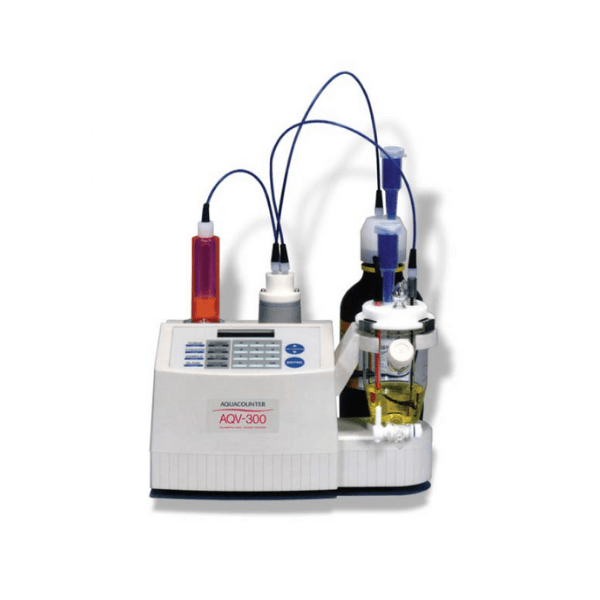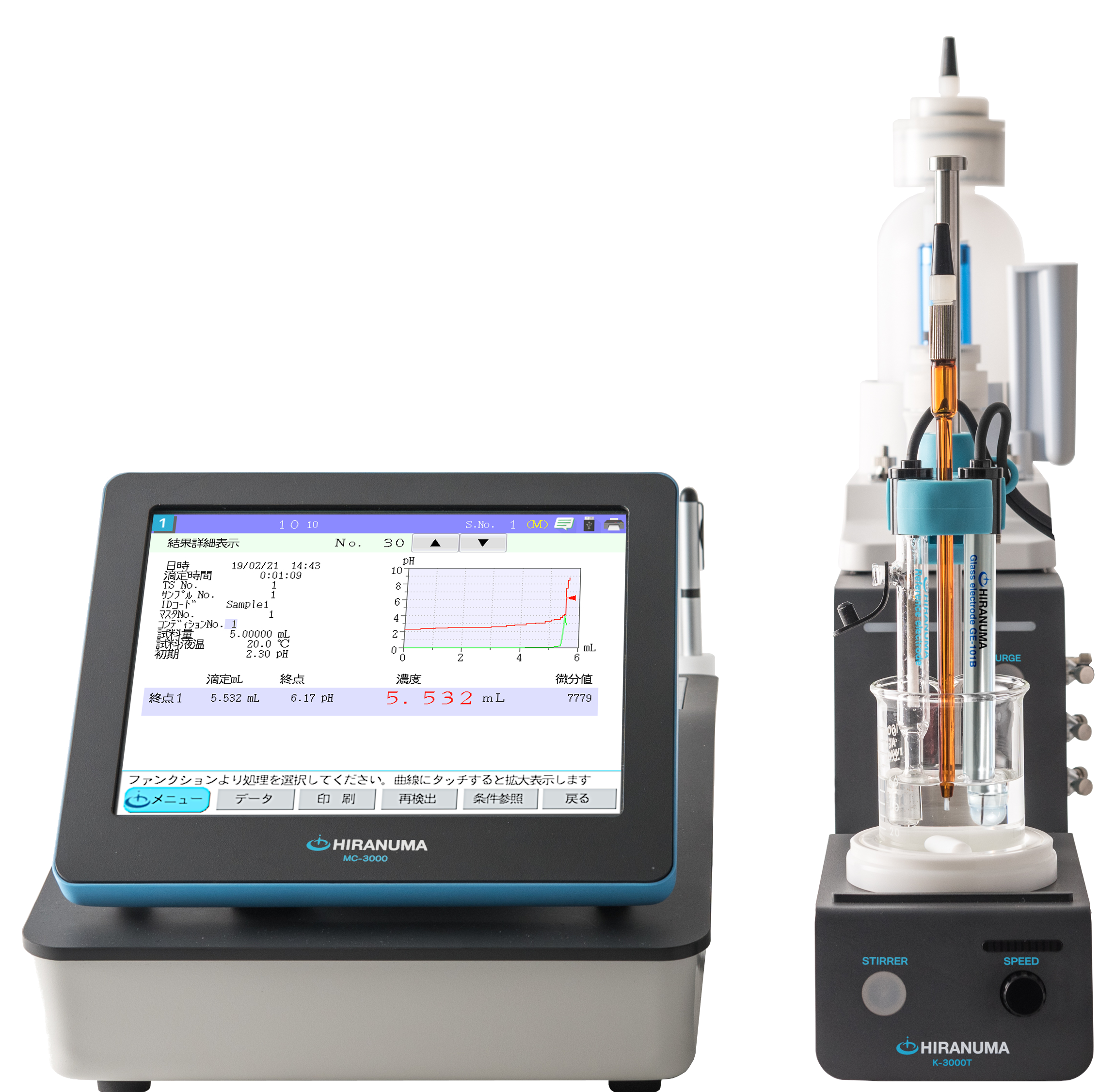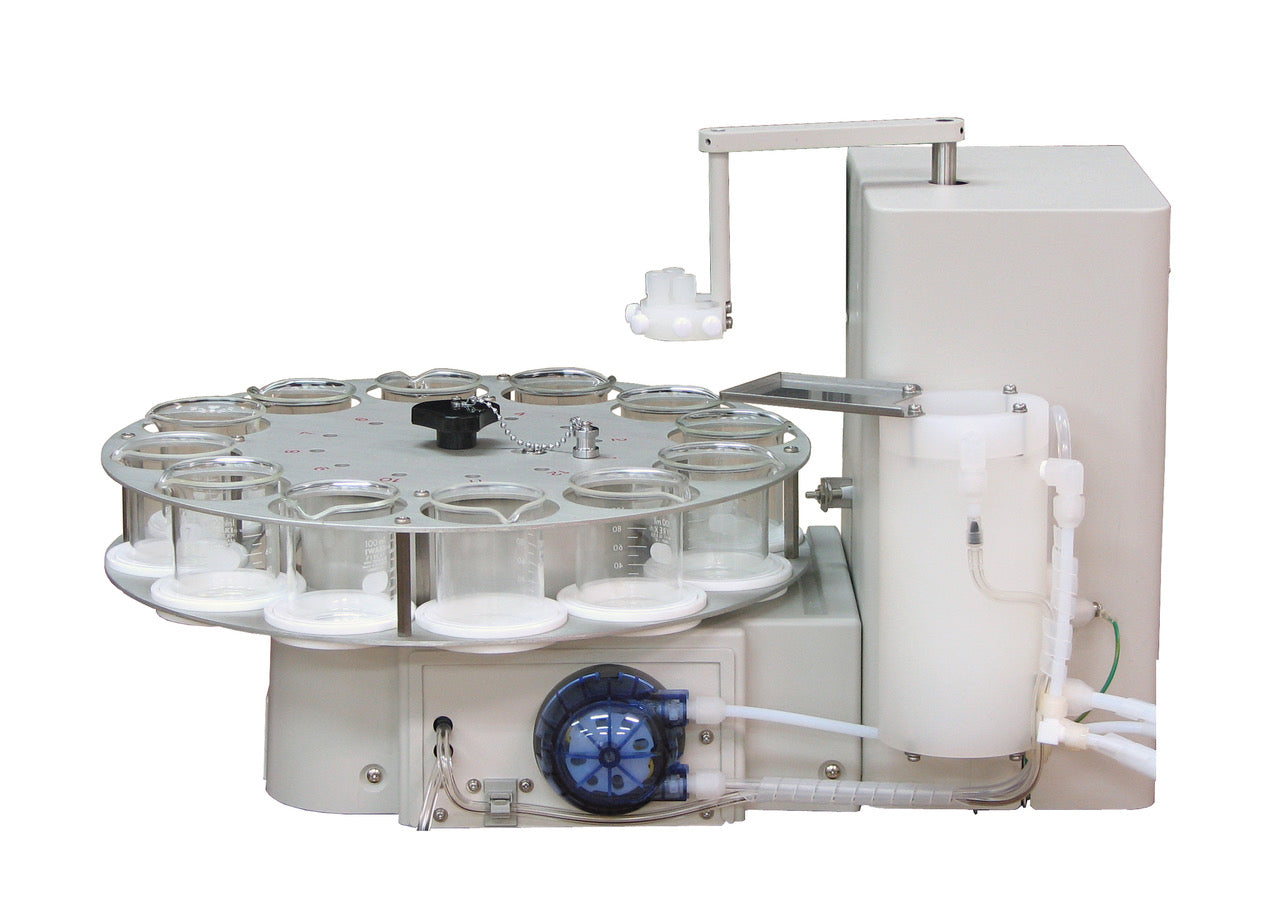Karl Fischer & Potentiometric Titration Application Library
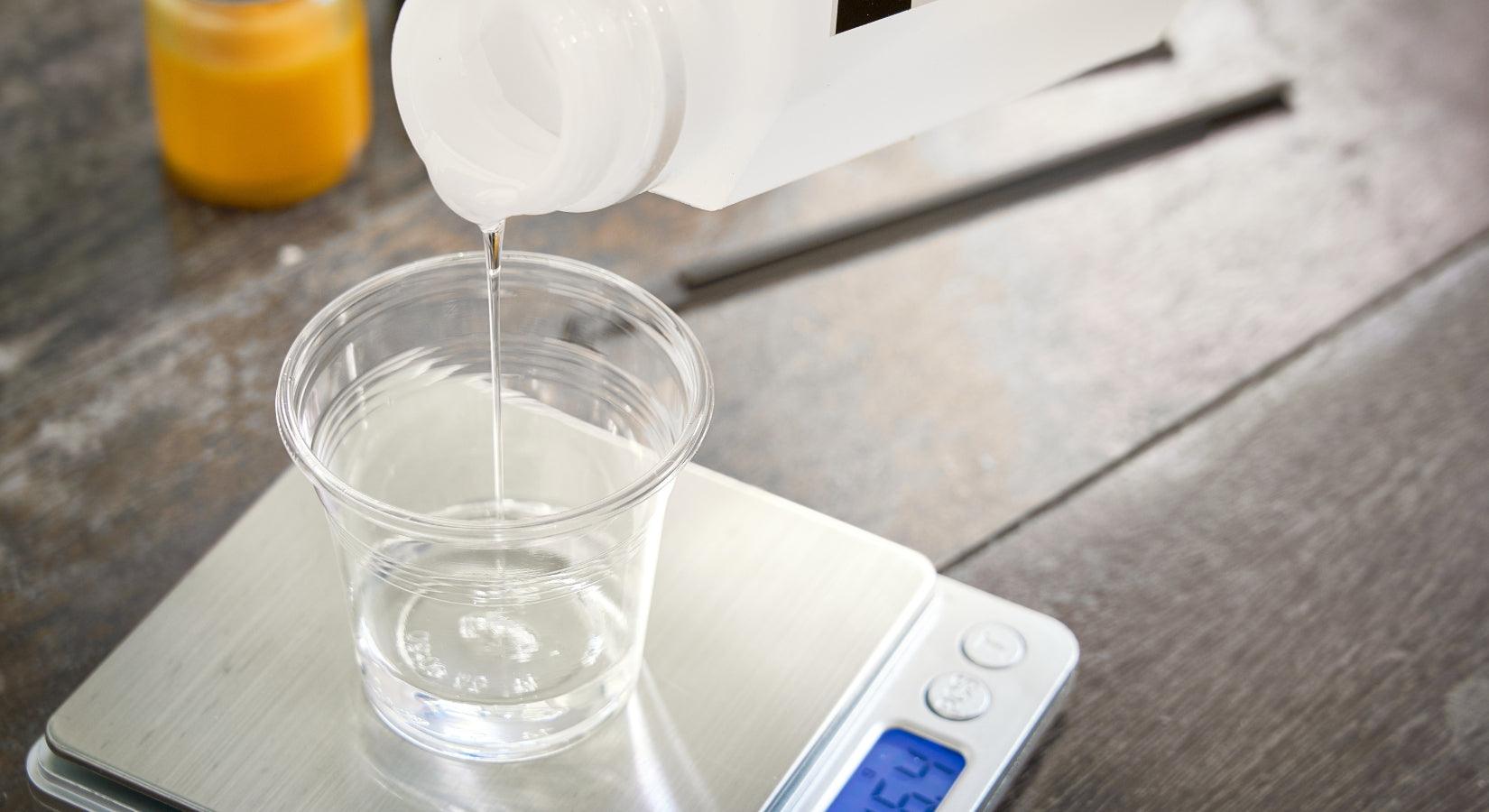
Determination of isocyanate (NCO) content in adhesives | Autotitrator COM-A19
Synthetic adhesives like hydrophilic macromolecule –Isocyanate type wood adhesives are consisted of base compound and cross-linker; the principal components of base compound are macromolecule aqueous solution or aqueous dispersing element, or those combination. The principal components of cross-linker is isocyanate compounds. The measurement procedure of isocyanate (NCO) content described in this report is standardized by JIS K 6806. NCO content is determined by the neutralization titration which excess di-n-butylamine is titrated with hydrochloric acid standard solution after sample and di-n-butylamine are mixed and reacted. A measurement example of potentiometric titration for NCO determination is introduced in this report.
ASTM D5155 : Standard Test Methods for Polyurethane Raw Materials: Determination of the Isocyanate Content of Aromatic Isocyanates
ASTM D5155 : Standard Test Methods for Polyurethane Raw Materials: Determination of the Isocyanate Content of Aromatic Isocyanates
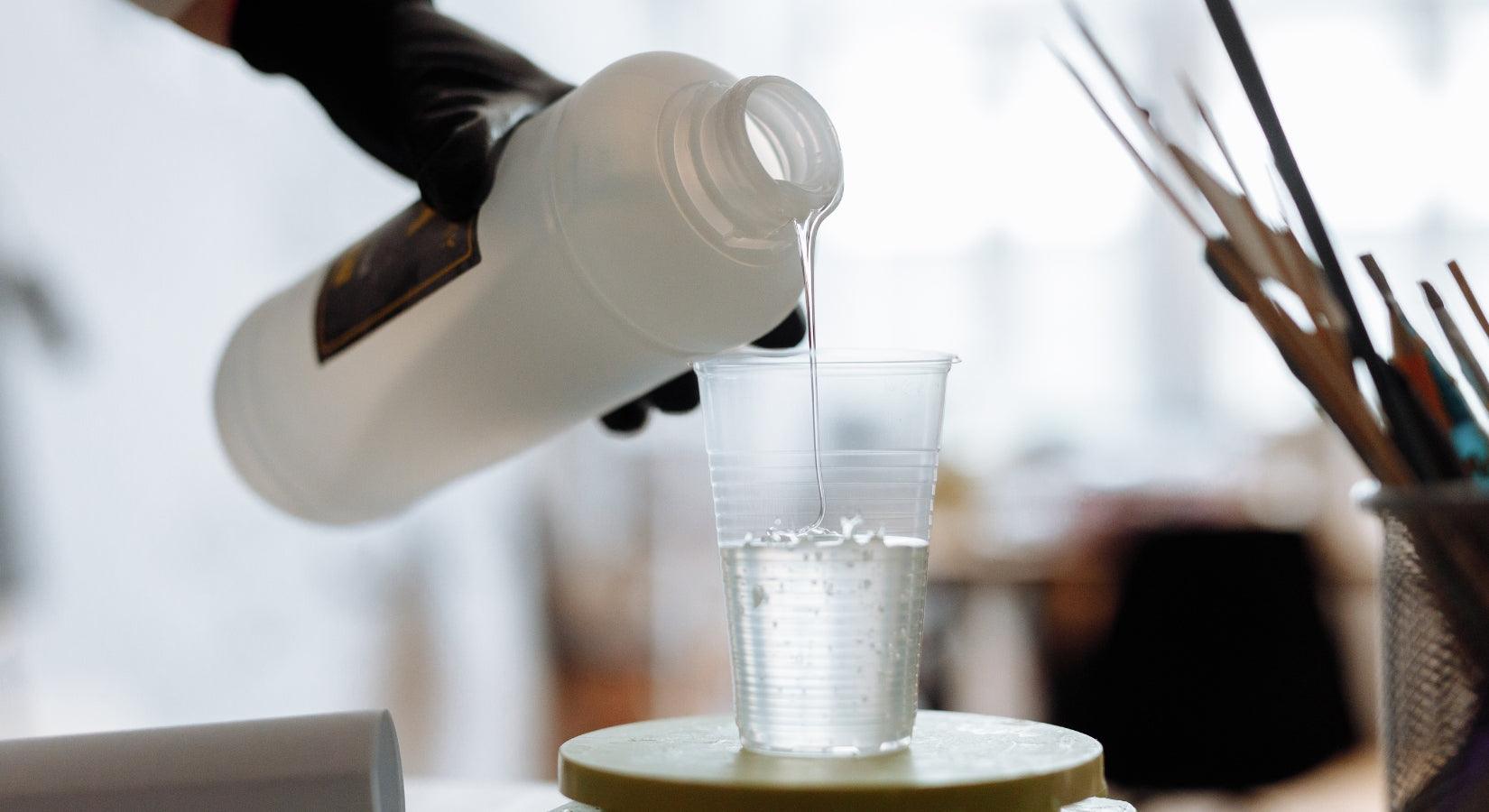
Epoxy equivalent determination of epoxy resins | Autotitrator COM-A19
Epoxy resins have competent characteristics such as chemical resistance, heat resistance, and electrical properties. They are widely used for various materials like sealant of electronic device (IC).
Epoxy resin is generic name of compounds which have two or more epoxy group in one molecule, it does not harden by itself. The addition of catalyst or hardener is required for curing. It becomes thermoset resin through addition polymerization with epoxy group by the hardener (fatty amine etc.). The additive amount of hardener corresponds to epoxy equivalent (mass of resin including one-equivalent epoxy group) of each epoxy resin. The determination of epoxy equivalent is quite important process for quality control. The measurement method of epoxy equivalent is defined in JIS (Japanese Industrial Standards) K7236:2001. Measurement is performed as follows:
1) Weigh the sample accurately and dissolve it in chloroform.
2) Add acetic acid and tetraethyl ammonium bromide – acetic acid solution.
3) Perform potentiometric titration with 0.1 mol/L perchloric acid – acetic acid standard solution.
Perchloric acid reacts with tetraethylammonium bromide and generates hydrogen bromide by addition of perchloric acid – acetic acid standard solution. (Refer to the reaction formula 1-1.)
The generated hydrogen bromide reacts with epoxy group. (Refer to the reaction formula 1-2.)
When all epoxy groups are reacted and hydrogen bromide gets excess, this point is detected as the endpoint to determine epoxy equivalent.
(C₂H₅)₄NBr + HClO₄ → HBr + (C₂H₅)₄NClO₄・・・(1-1)
 ・・・(1-2)
・・・(1-2)
ASTM E1899 : Standard Test Method for Hydroxyl Groups Using Reaction with p-Toluenesulfonyl Isocyanate (TSI) and Potentiometric Titration with Tetrabutylammonium Hydroxide
Epoxy resin is generic name of compounds which have two or more epoxy group in one molecule, it does not harden by itself. The addition of catalyst or hardener is required for curing. It becomes thermoset resin through addition polymerization with epoxy group by the hardener (fatty amine etc.). The additive amount of hardener corresponds to epoxy equivalent (mass of resin including one-equivalent epoxy group) of each epoxy resin. The determination of epoxy equivalent is quite important process for quality control. The measurement method of epoxy equivalent is defined in JIS (Japanese Industrial Standards) K7236:2001. Measurement is performed as follows:
1) Weigh the sample accurately and dissolve it in chloroform.
2) Add acetic acid and tetraethyl ammonium bromide – acetic acid solution.
3) Perform potentiometric titration with 0.1 mol/L perchloric acid – acetic acid standard solution.
Perchloric acid reacts with tetraethylammonium bromide and generates hydrogen bromide by addition of perchloric acid – acetic acid standard solution. (Refer to the reaction formula 1-1.)
The generated hydrogen bromide reacts with epoxy group. (Refer to the reaction formula 1-2.)
When all epoxy groups are reacted and hydrogen bromide gets excess, this point is detected as the endpoint to determine epoxy equivalent.
(C₂H₅)₄NBr + HClO₄ → HBr + (C₂H₅)₄NClO₄・・・(1-1)
 ・・・(1-2)
・・・(1-2)ASTM E1899 : Standard Test Method for Hydroxyl Groups Using Reaction with p-Toluenesulfonyl Isocyanate (TSI) and Potentiometric Titration with Tetrabutylammonium Hydroxide

